The monitoring lens refers to the lens of the monitoring camera. Since the monitoring camera is only a single video capture device, the pixels and resolution of the lens are higher than the video head of the computer, but they cannot catch up with the professional digital camera or DV. In the closed-circuit monitoring system, the camera is also called camera or CCD (charge coupled device), that is, charge coupled device. Strictly speaking, the camera is the general name of the camera and the lens. The primary sensing component of the camera is CCD, which has the characteristics of high speed, small distortion, long life, anti vibration, anti magnetic field, small volume and no residual image. CCD is the short name of charge coupled device, which can change the gloss into electric charge and store and transfer the charge, and also take out the stored charge to change the voltage, Therefore, it is an ideal imaging element. It is a new device to replace the camera tube sensor.
Lens debugging:
Adjust the lens aperture and focus
Close the electronic shutter and backlight compensation switches on the HD digital camera, align the camera to the scene to be monitored, adjust the aperture and focus ring of the lens, and make the image on the monitor optimal. If the camera is used in a situation where the illuminance changes greatly, it is better to connect the automatic aperture lens and set the electronic shutter switch (ELC) of the camera to off. If manual aperture is selected, the electronic shutter switch (ELC) of the camera shall be set to on, and when the application site is brightest (the ambient light illumination is maximum), the aperture of the lens shall be opened as much as possible to make the image optimal (the image shall not be too white and overloaded), and the lens adjustment is completed. Install the protective cover and the bracket. As the aperture is large and the depth of field is relatively small, the focus should be taken into account as much as possible. When the on-site illumination decreases, the electronic shutter will automatically adjust to a slow speed, and with a large aperture, the image can still be satisfied.
In the above adjustment process, if the aperture of the lens is not opened as much as possible when the light is bright, but is closed relatively small, the electronic shutter of the security monitoring camera will be automatically adjusted at a low speed, so a good image can still be formed on the monitor; However, when the light is dim, the lens aperture is small, and the electronic shutter is at the slowest (1 / 50s), so the imaging may be dim.
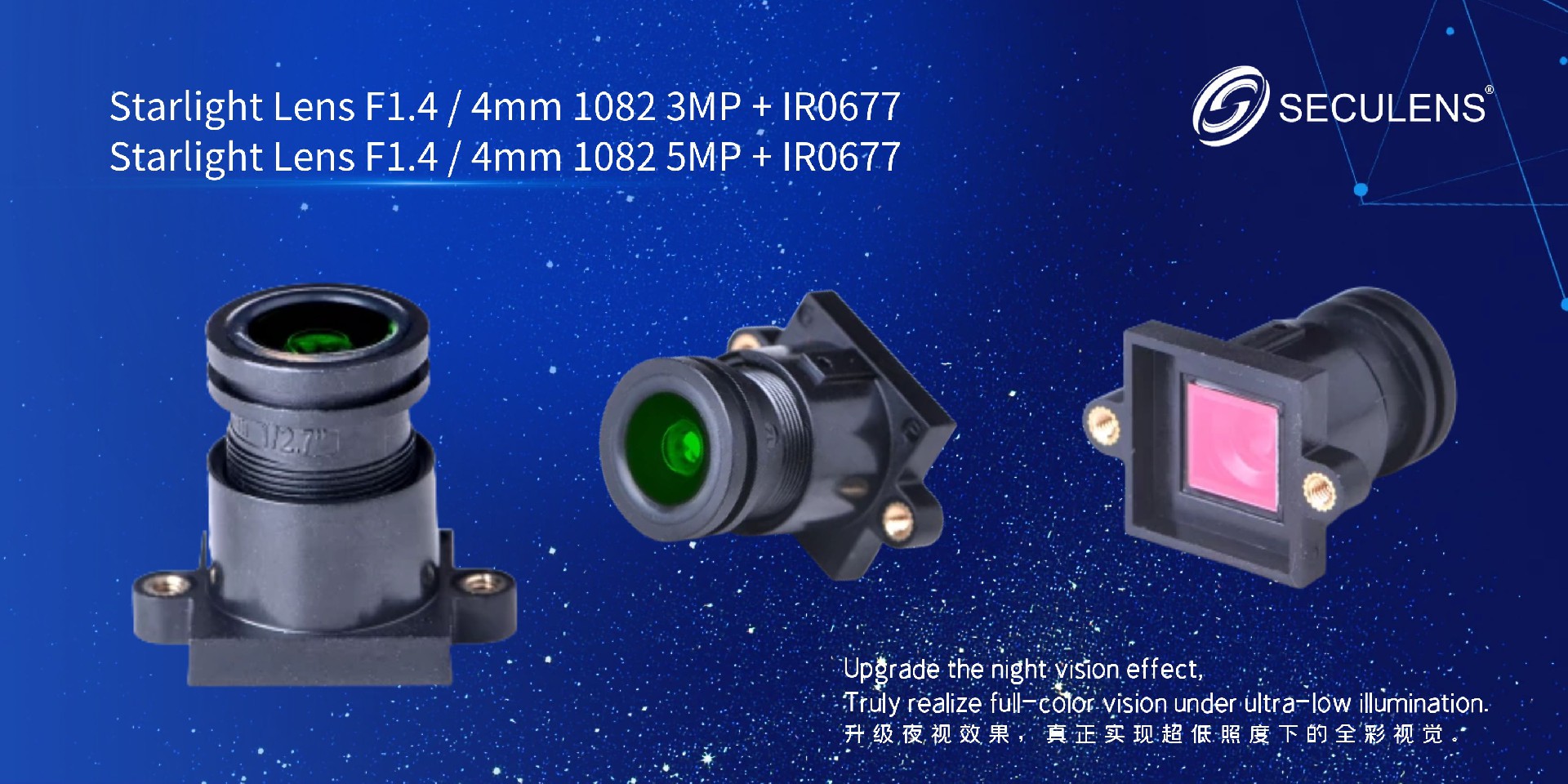
Adjustment of back focal length: back focal length is also called back focal length
It means that when the standard lens (standard C / CS interface lens) is installed, the imaging of the subject can be made to be just on the target surface of the CCD image sensor. Generally, the rear focal length of the camera is adjusted properly when it is delivered. Therefore, in the application of the fixed focus lens, it is generally unnecessary to adjust the rear focal length of the camera.
In some applications, when the lens focusing ring is adjusted to the limit position, the image cannot be made clear. At this time, it is necessary to confirm whether the interface of the lens is correct. If it is confirmed, the rear focal length of the camera needs to be adjusted. According to experience, in most applications where surveillance cameras are equipped with electric zoom lenses, it is often necessary to adjust the rear focal length of Digital HD cameras.
The steps of rear focus adjustment are as follows:
a. Install the lens correctly on the camera.
b. Open the lens aperture as much as possible (the purpose is to narrow the depth of field range to accurately find the imaging focus).
c. Push the lens to the tele state through zoom in, shoot a close-up of an object 10m away, and then adjust the focus to make the close-up image clear.
d. Perform zoom out opposite to the previous step to pull the lens back to the wide-angle state. At this time, the screen becomes a panoramic image containing the above-mentioned close-up object, but no focus adjustment can be made at this time (Note: if the image becomes blurred at this time, the focus cannot be adjusted), but the next step of back focus adjustment is prepared.
e. Loosen the hexagon socket screw used to fix the rear focus adjustment ring at the front end of the HD camera, and rotate the rear focus adjustment ring (for the camera without the rear focus adjustment ring, directly rotate the lens to drive the built-in rear focus ring), until the picture is most clear, and then temporarily tighten the hexagon socket screw.
f. Push the lens back to the telephoto state to see if the close-up object just shot is still clear. If it is not clear, repeat steps a, B and C above.
g. In the telephoto state, if the close-up object is clear, tighten the Allen screw and adjust the aperture to the appropriate position.
CCTV cameras have a variety of sensors with different sizes and specifications. The screen height to width ratio is usually 4:3 (horizontal width: vertical height). The size of the sensor has an impact on the field of view angle, and the field of view angle on a smaller sensor using the same lens is narrower. The specification of the lens is independent of the field of view angle. It only needs to make the image cover the entire sensor, that is, a camera of the same size or larger. This also means that a 1 / 3 "camera can use all the lenses of 1 / 3" - 1 /, for example, 1 / 3 × 12mm lens and 2 / 3 × The field of view angle of the 12 mm lens is the same. The image pixels and imaging quality of the latter are improved because only the image of the central part of the lens is obtained, and the image of this part is usually sharper.
2022-08-16 13:36:14
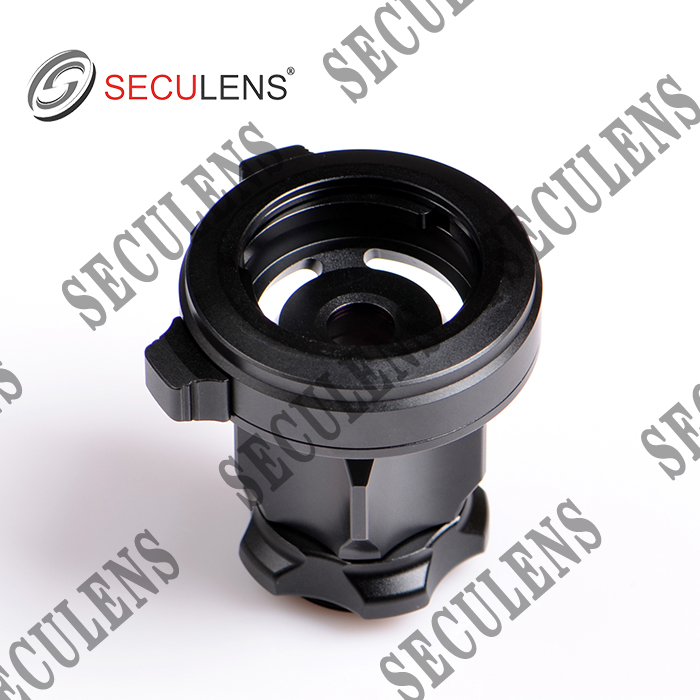
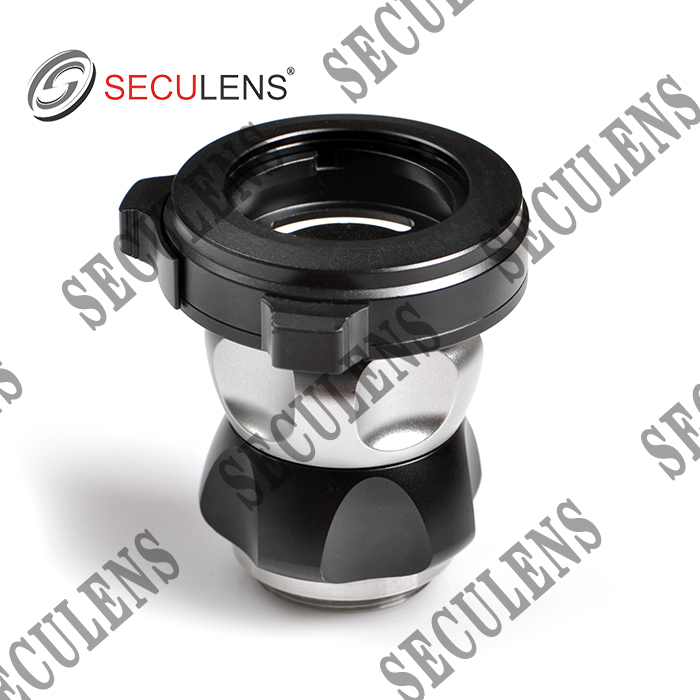
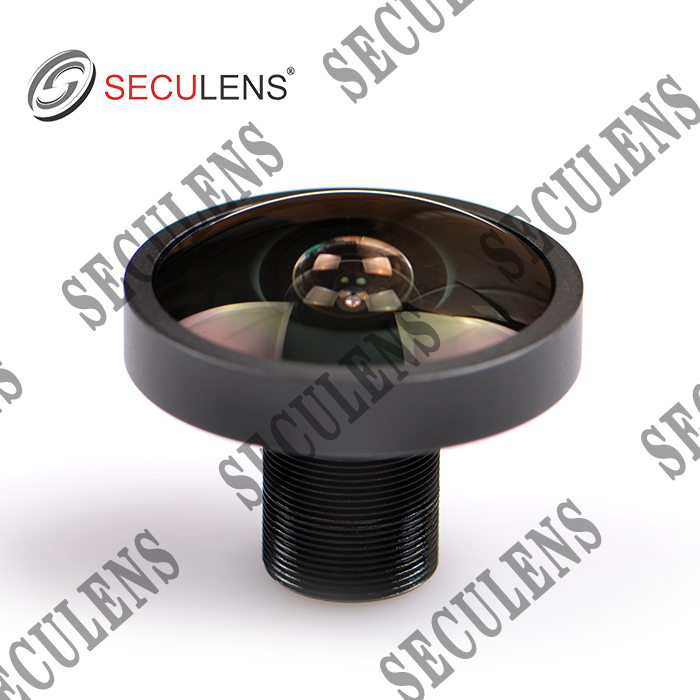
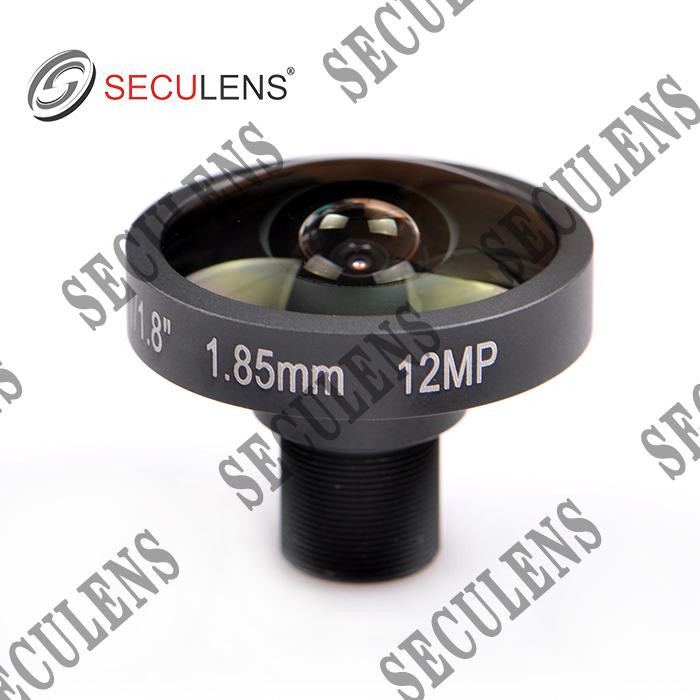
Fisheye lens 1.85mm FT1085 12MP
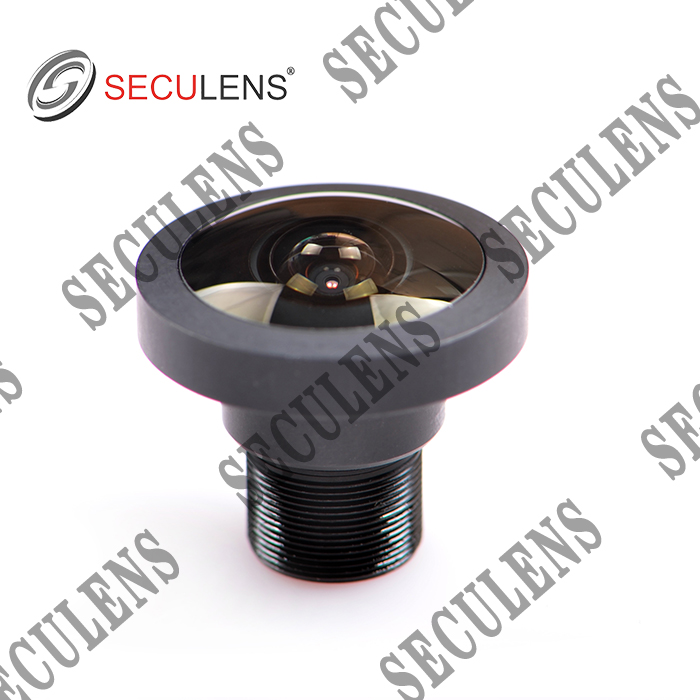
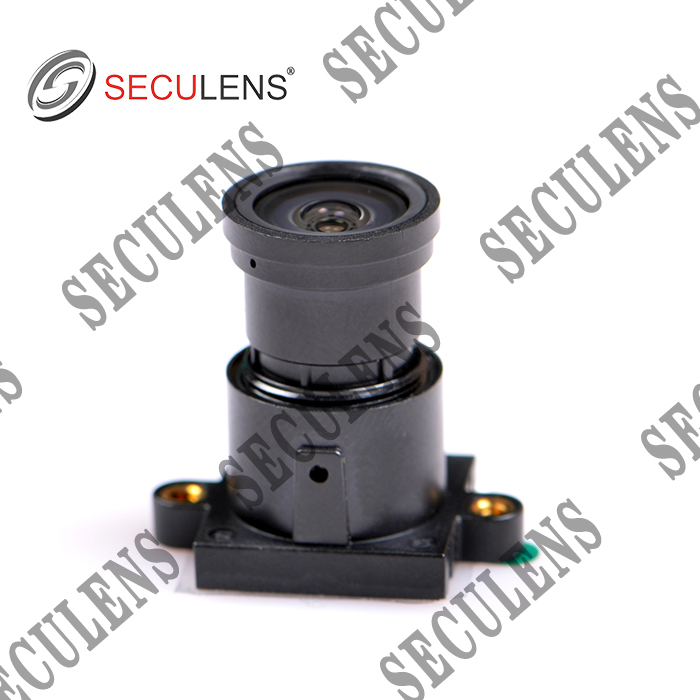
Starlight Lens 2.8mm 0357
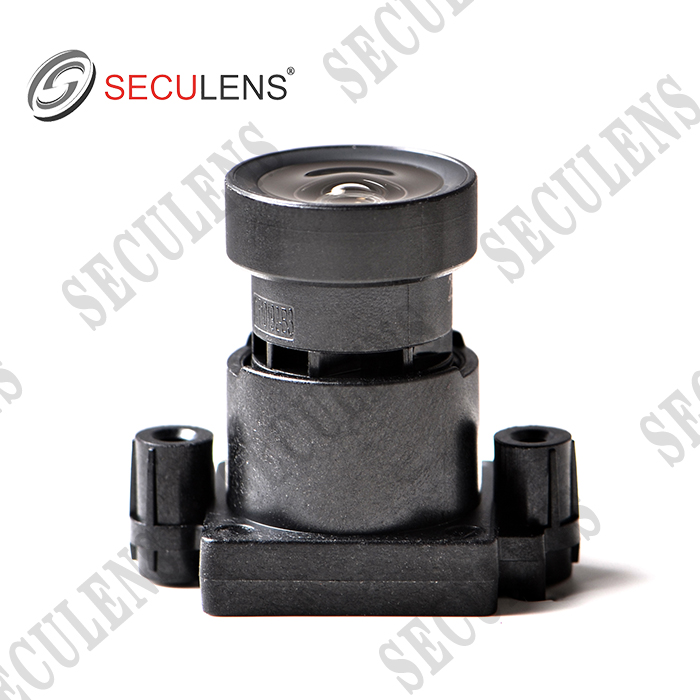
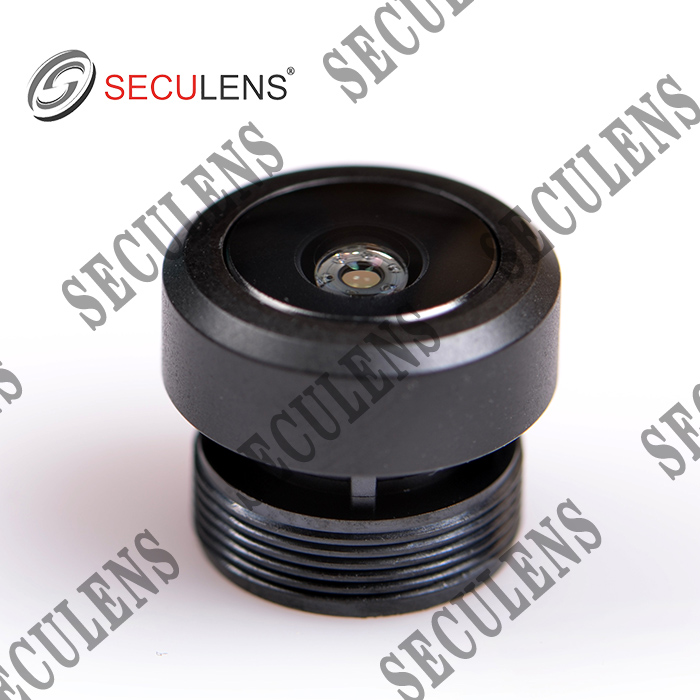
Car Lens 2.6mm SECU8204
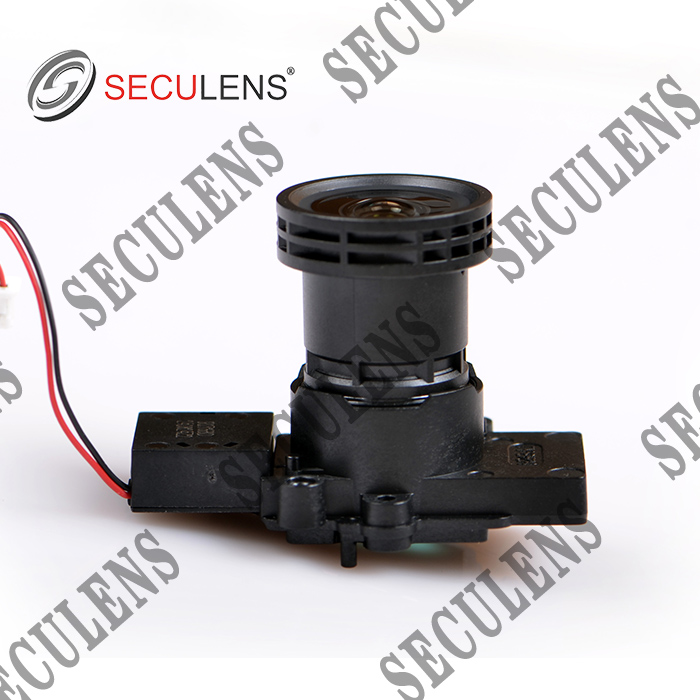
Darklight Lens 10207-8MP+H243+IR0316 4mm 1/1.8"
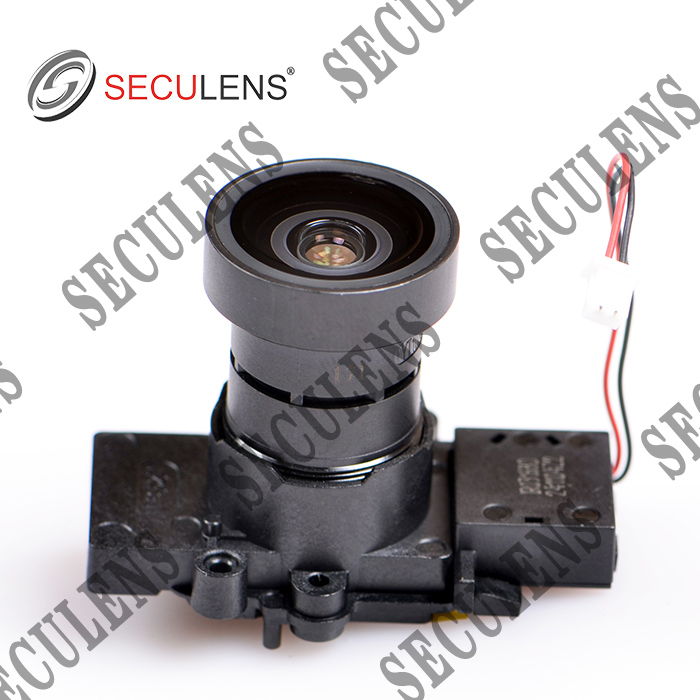
Darklight Lens 10206-8MP+H243+IR0316 2.8mm 1/1.8"
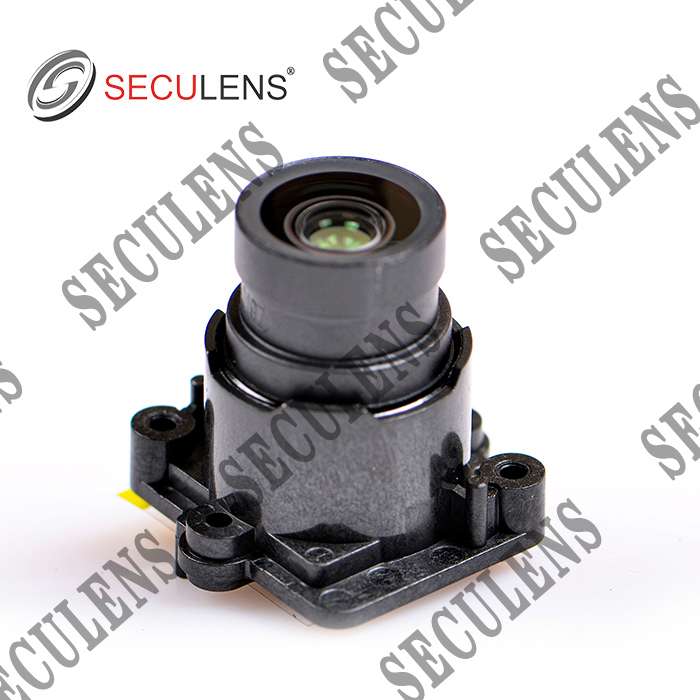
Darklight Lens 10197+IR06312 2.8mm 1/1.8"
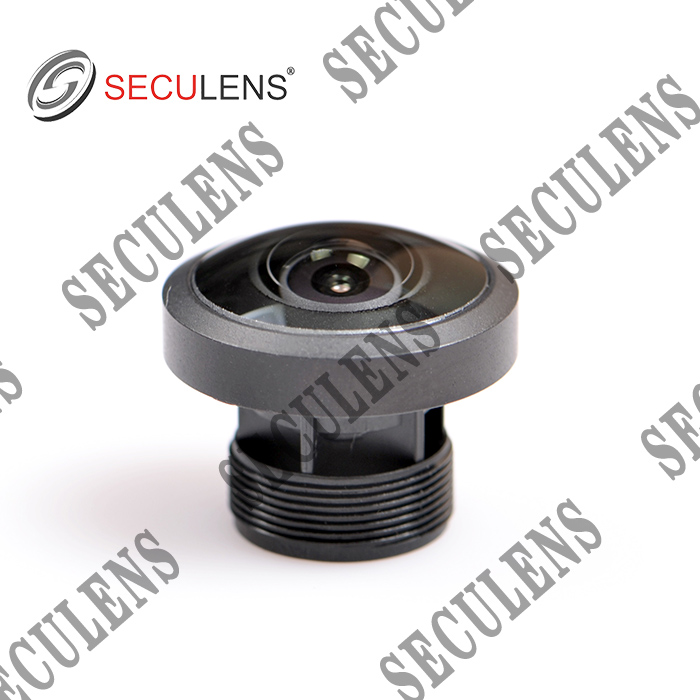
Fisheye lens 1.8mm 5MP 5185
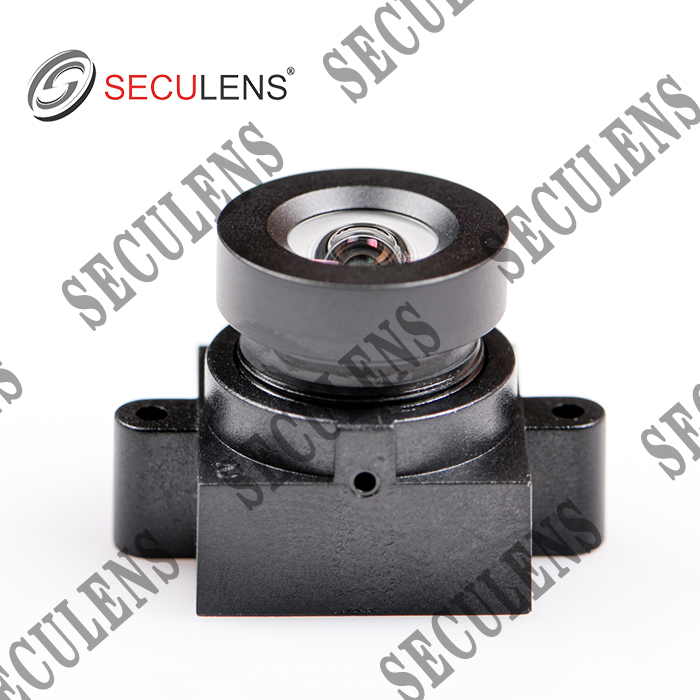
Distortion Free Lens 3526 3.2mm TTL:15.5
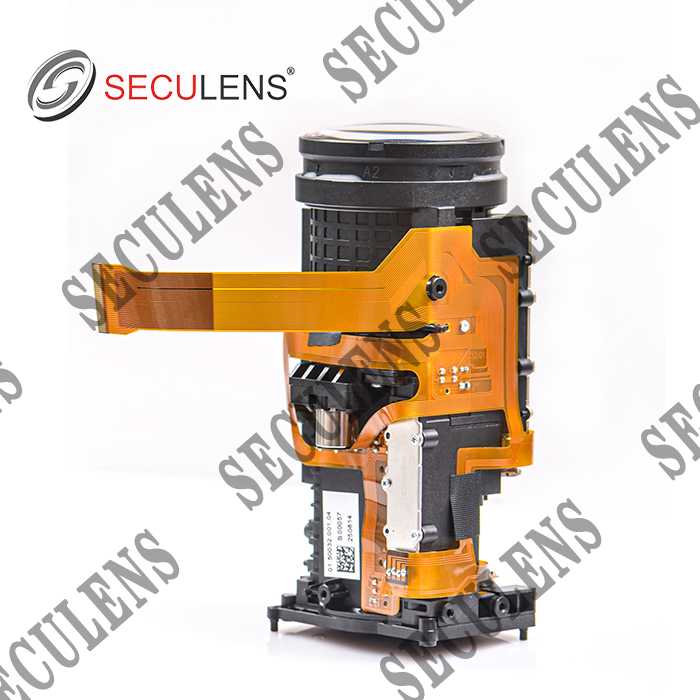
Integrated machine 6-192MM S64192-32YT 30X
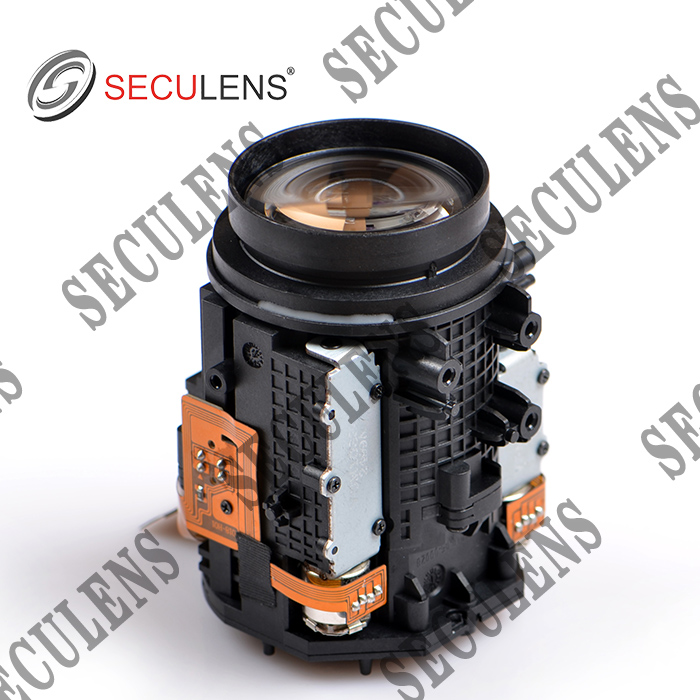
Integrated machine10-40MM S1040-18YT 4X